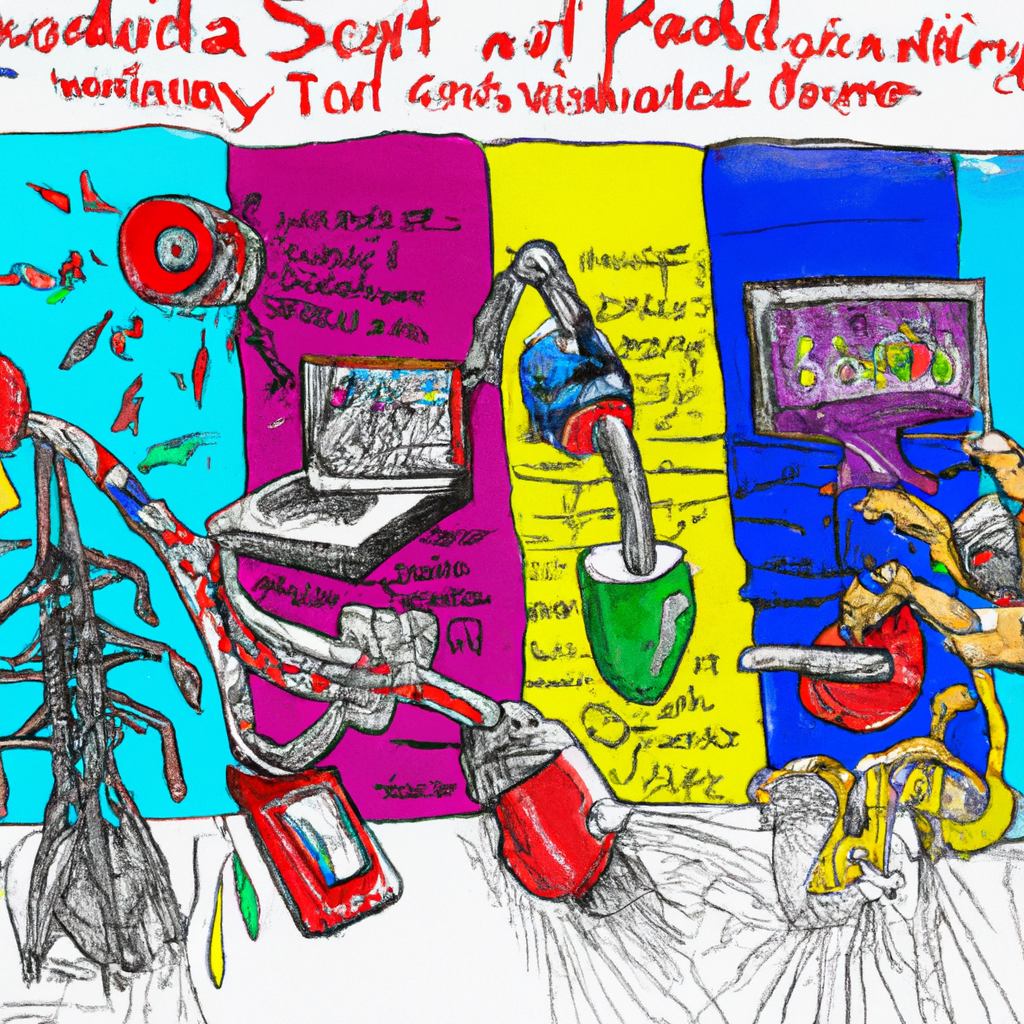Supervisory Control and Data Acquisition (SCADA) systems are integral components of most industrial control systems (ICS), including those in utilities, manufacturing, and transportation. They are used to monitor and control physical processes, such as electricity transmission, gas transportation, water distribution, and wastewater collection. However, these systems, like any other, are not immune to vulnerabilities that can be exploited by malicious entities. This blog post aims to shed light on how to identify potential vulnerabilities in SCADA systems.
Identifying Vulnerabilities in SCADA Systems
The first step in identifying vulnerabilities in SCADA systems is understanding their architecture. SCADA systems typically consist of several components, including a human-machine interface (HMI), a supervisory system, remote terminal units (RTUs), programmable logic controllers (PLCs), and communication infrastructure. Each of these components can have potential vulnerabilities.
HMI Considerations
The HMI is a critical component as it provides a visual representation of the control system. Vulnerabilities in the HMI can allow unauthorized users to manipulate system settings, leading to potentially catastrophic outcomes. Therefore, it is crucial to ensure that the HMI is secure and that access is strictly controlled.
SCADA
The supervisory system, which is responsible for gathering data and sending control commands to field devices, is another potential vulnerability. If a malicious actor gains access to this system, they can manipulate data or send false commands, disrupting the operation of the entire system.
Field Devices
RTUs and PLCs are field devices that interface with physical equipment. They are often located in remote or hard-to-reach locations, making them difficult to secure physically. These devices are also often designed with functionality rather than security in mind, making them prime targets for attackers.
The communication infrastructure is another critical component of SCADA systems. If the communication channels are not secure, an attacker can intercept data or inject malicious commands. Therefore, it is essential to use secure communication protocols and to encrypt sensitive data.
Security Audits
To identify these vulnerabilities, regular security audits should be conducted. These audits should include penetration testing, where ethical hackers attempt to breach the system to identify weaknesses. Additionally, security measures such as firewalls, intrusion detection systems, and regular patching of software should be implemented.
Human Errors and Vulnerabilities
Moreover, it is essential to consider the human element when identifying vulnerabilities. Employees can inadvertently create vulnerabilities by using weak passwords, clicking on phishing links, or not following security procedures. Therefore, regular security training for all employees is crucial.
Identifying potential vulnerabilities in SCADA systems is a complex task that requires a thorough understanding of the system’s architecture and a proactive approach to security. Regular audits, robust security measures, and continuous employee training are all necessary to ensure the security of these vital systems. By taking these steps, we can significantly reduce the risk of a successful cyber-attack and ensure the continued safe and efficient operation of our industrial control systems.

